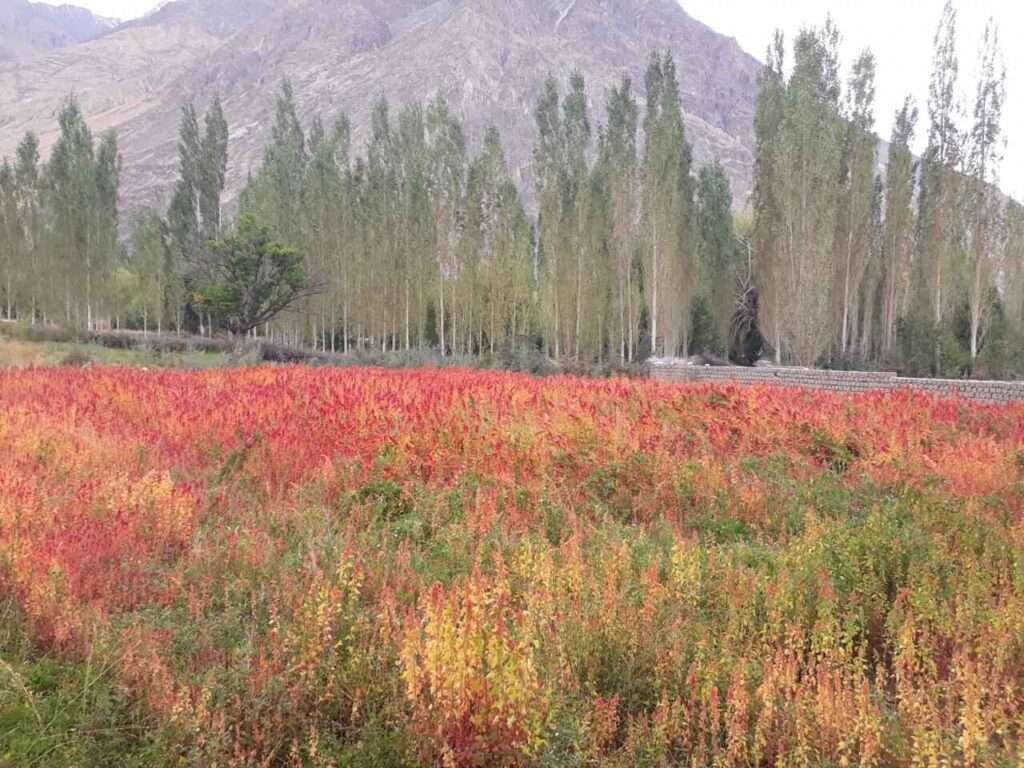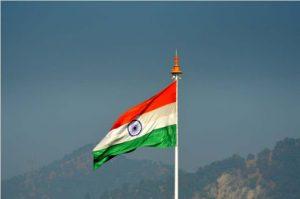Tsewang was left baffled when her sister asked her about quinoa plant and he, an agriculture student, didn’t know. When he researched about the plant, he found that it was a drought-resistant, frost tolerant, low nutrient requirement, high protein and low carbohydrate crop. It is well suited for Ladakhi people. Topography and climate of the region are ideal for the crop.

On the basis of crop growth and its performance, it was found in a preliminary trial that the crop performed well and the grain yield was 20 times more than that sown. In Ladakh, its performance was found to be better than all other grain crops like wheat and barley, which produce 7–8 times the weight of the seed sown at maximum. This study was published in the June 2016 edition of Current Science.
The most challenging part of the process for Tsewang was to acquire quality seeds. After a couple of weeks, he located seeds with a trustable seed supplier in Delhi.
Quinoa is rich in proteins, vitamins, fibres and minerals, and low on carbohydrates. It is globally recognised in the fitness and health sectors because of its nutritional properties, especially its high protein, fibre and ash content with less carbohydrates. This makes it useful for weight-loss and muscle gain.
Tsewang says that it is good for us to add more nutrients to our diet along with traditional crops like wheat, barley and buckwheat, which have high carbohydrate content. The leafy part of the plant is rich in iron, which helps in preventing anaemia. A soup made from the seeds can help in preventing tuberculosis. He argues that we can use quinoa as a substitute for high carbohydrate crops such as wheat and rice.

He explains that a cup of quinoa provides twice protein and about 5 gm more fibre than the same amount of white rice. Quinoa also has the capability to blend well with healthy bread, and its seeds also mix well in local Ladakhi kulchas (cookies). In the season of summer, they can also be added to smoothies to develop new tastes and flavours.
There are many advantages of growing quinoa organically in Ladakh. The weather conditions in the region are ideal for this crop and it offers a much healthier alternative to either polished white rice and oatmeal for consumers. It is also capable of bringing higher income for farmers.



